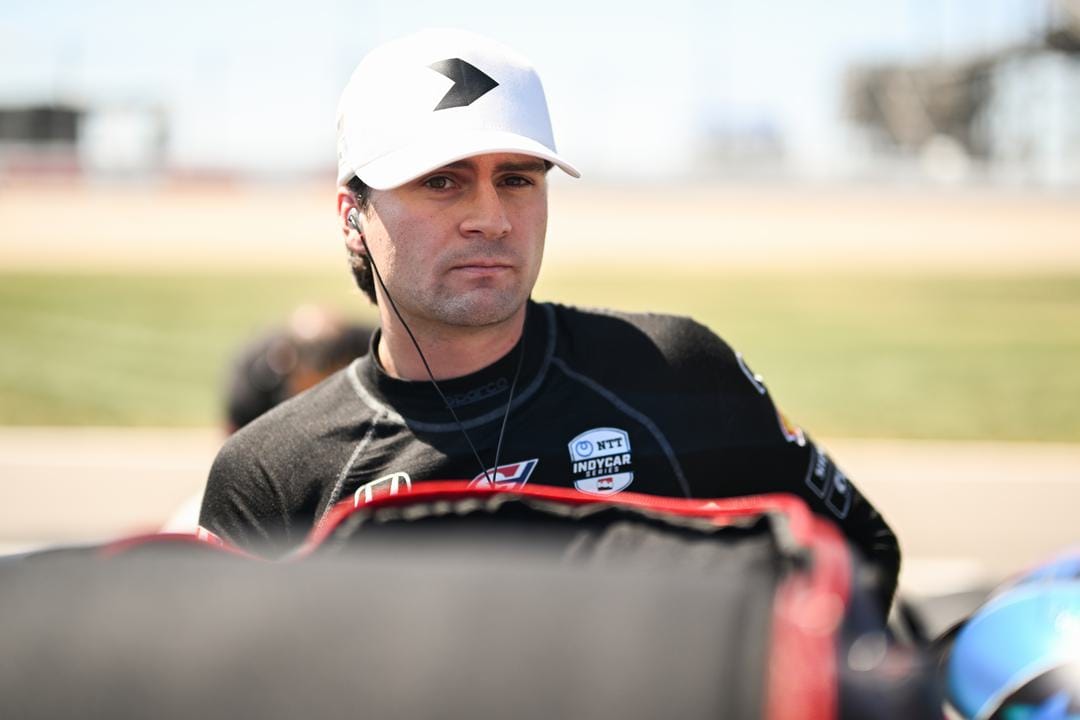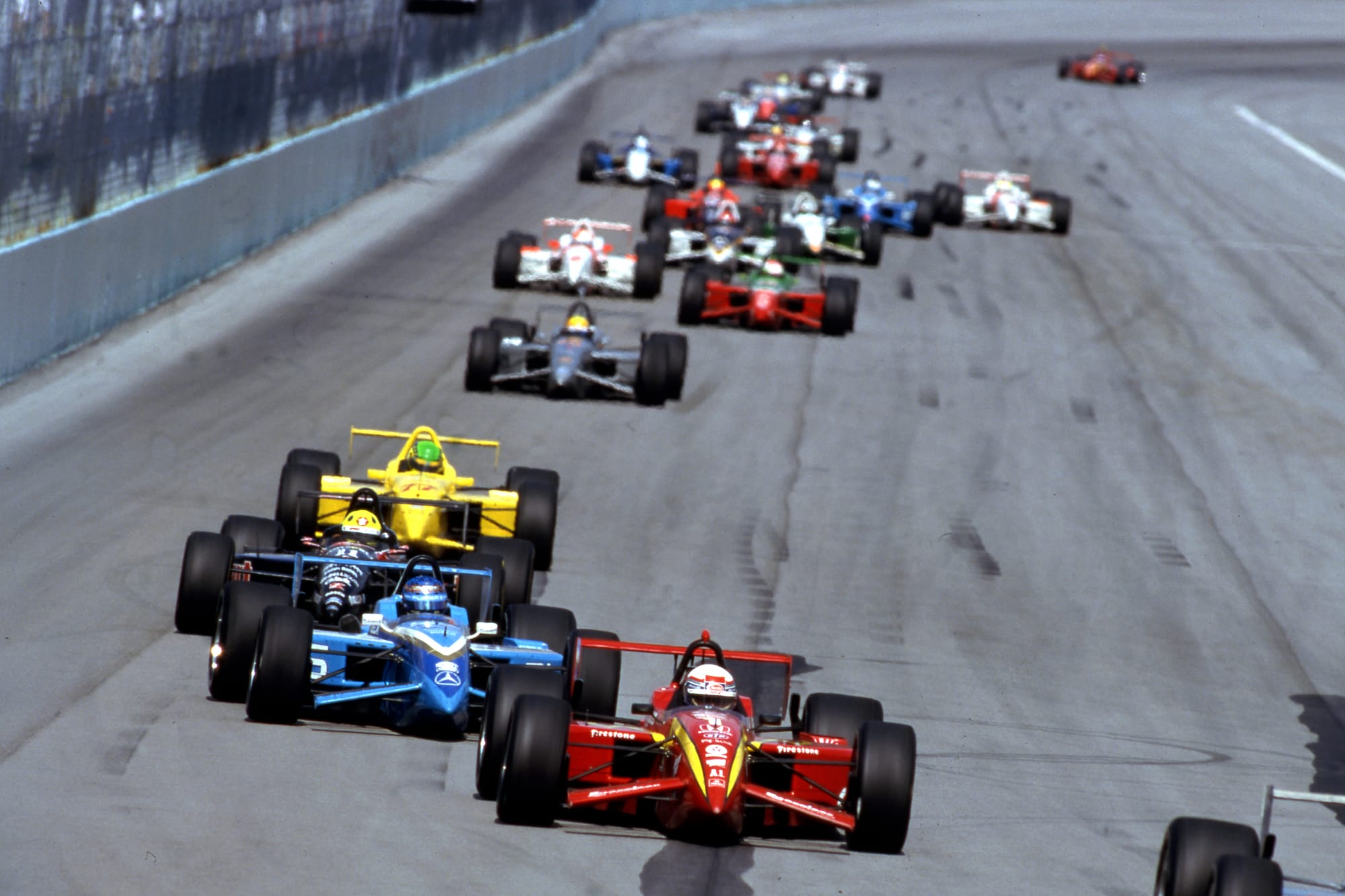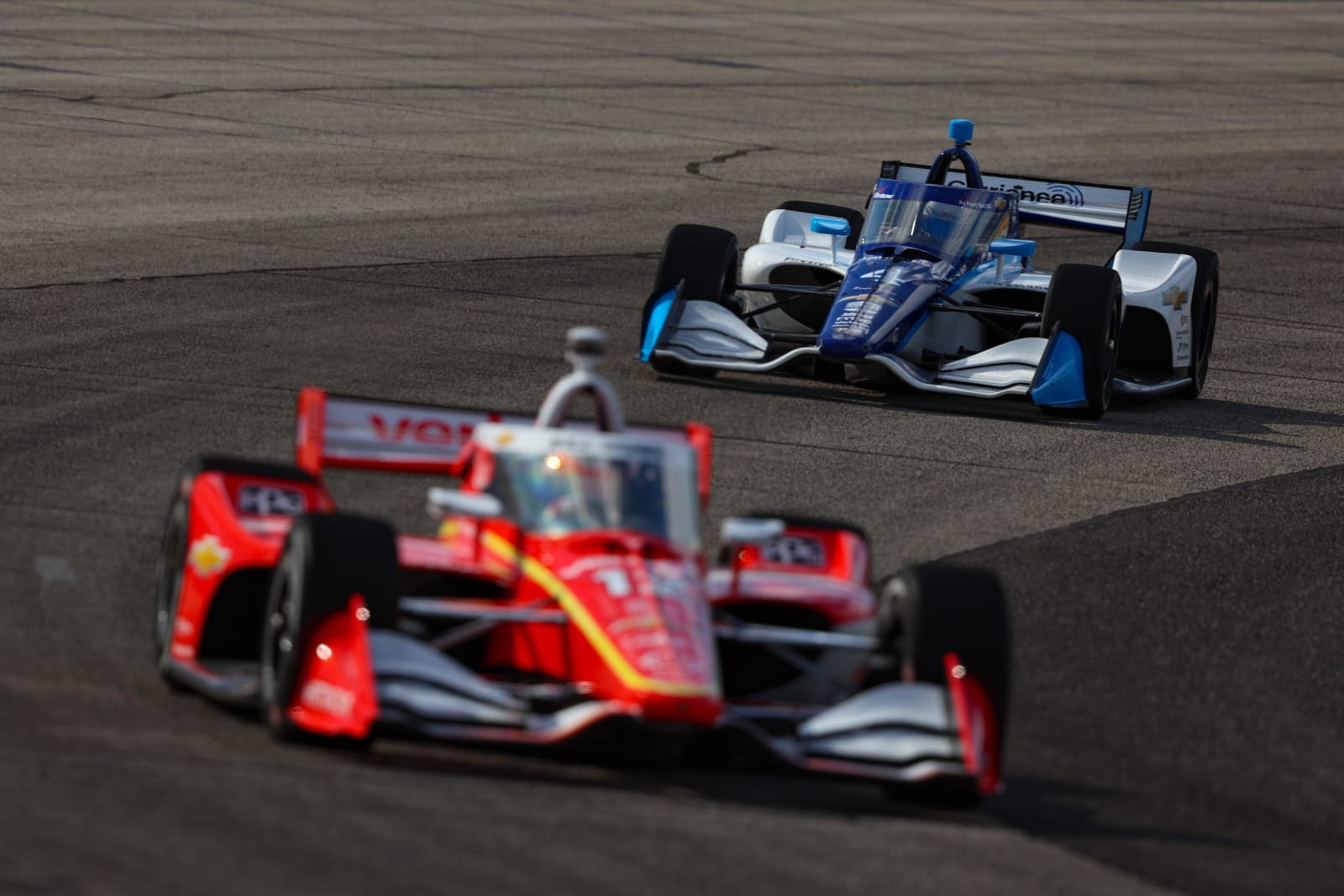IndyCar frontrunner Colton Herta switching to Formula 2 is one of the most peculiar racing stories in a while, and he acknowledges it's a "risky" move where he is "betting on himself" to succeed, despite having no guaranteed seat in Formula 1.
Speaking publicly for the first time since being announced as a Cadillac F1 test and development driver, Herta and the team's F1 CEO Dan Towriss joined the Ask Off Track podcast with Herta's former IndyCar team-mates James Hinchcliffe and Alexander Rossi (himself an American ex-F1 driver) on Wednesday.
The podcast appearance revealed a great deal more about a move that is widely misunderstood.
The 'risky' no-seat guarantee
Towriss was keen to point out how impressed he is that Herta took this decision to switch to F2 despite having an established career in IndyCar and there being no promises that a Cadillac F1 race seat actually awaits him.
"I think Colton is taking a big risk," he said.
"We've got two experienced drivers in the car [Valtteri Bottas and Sergio Perez].
"I'm confident Colton will get his shot, but he's got to earn it, right? He's taking that risk.
"This isn't Colton signing [as a Cadillac F1 race driver] - which I think people should really take note of and admire Colton for that bold move. He's not entitled to the seat. He's not guaranteed the seat from that standpoint, he's going over to prove that he belongs in Formula 1.
"What I applaud most about him is his willingness to be uncomfortable. When you come to a fork in the road, the most comfortable thing he could have done was say, 'I'm well paid, I'm going to stay in IndyCar and go try to achieve this next thing', but he chose the unconventional path."
This certainly is unconventional. But it's very clear Herta was given the choice of what to do and Towriss and Cadillac believe he can do it.
"He's going to be going into F2," added Towriss. "He's got to learn tracks. He's got to learn tyres. Tyres are a big part of that, very different from IndyCar from that standpoint, and so I just couldn't be more proud of Colton to be willing to take that risk, to pursue his dream."
Apart from noting the difference in tyres and tracks, there was very little discussion about the adaptation process for Herta and any great detail on that. But you can forgive that when he doesn't have an F2 team yet and faces four or five months before he's in an F2 car properly. Plus, Cadillac hasn't even built an F1 car yet, so we can't talk about his compatibility with that either.
Why Herta made the choice
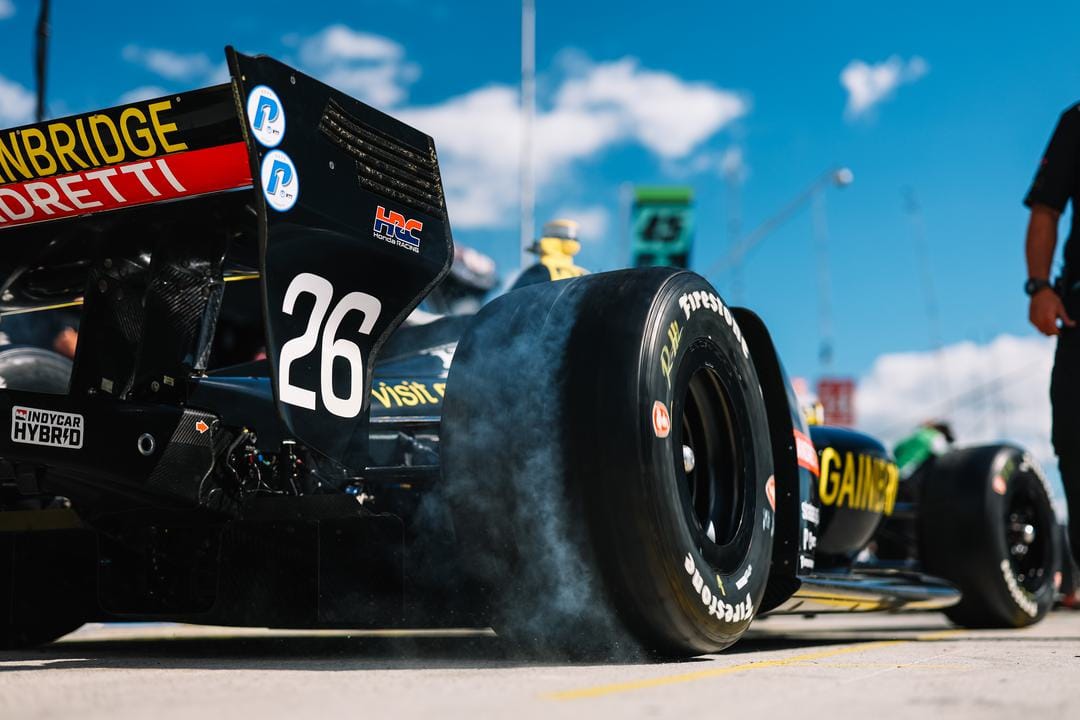
That's the Cadillac F1 boss's take, what of Herta himself in making this decision?
"The easy thing would be to stay in IndyCar, that would be simple for me," he explained.
"But for me, it's a dream of mine. I want to fight for my dream, and that is to try to make it to Formula 1. And this is my opportunity."
Herta thought his F1 dreams were over after the AlphaTauri move discussed for 2023 fell through, and since then he had become "content" with a career in IndyCar.
But despite F1 always being his dream, leaving IndyCar in this way wasn't easy.
"It was an incredibly tough decision to make, because I know what I'm leaving behind," he adds.
"I'm leaving behind a great group of guys, an incredibly competitive championship where if it's your day, you can win, and we've seen that's not always the case in Formula 1, you need the car to compete.
"It's a risk.
"So I thought this is my last shot at it. I want to do it. I want to take that chance. And so for me, it's really just about fighting for my dream and that's kind of what the opportunity was given to me from."
It's clear Herta is coming to this with a strong grasp of the severity of his challenge, knowing F1 won't be like IndyCar in terms of its more meritocratic days of different teams and drivers being able to win.
During his podcast appearance, he laboured on how tough it was to leave the Andretti IndyCar team.
Herta says his final decision was "made a few days ago" despite the planning being in place for months in terms of what this opportunity would look like.
"Obviously, there's still the details to figure out, but the decision is relatively new," said Herta.
"And for me, why it took so long was because I cared so much about who I was working with in IndyCar. I cared so much about the guys that have been with me since I got to Andretti. And the ones that are new this year, the past few years.
"So for me, it was a lot of 'I have to do this, I have to be fully involved and it's a big kind of risk for me'. But I'm also leaving behind a lot of good stuff. Not only team members, but racing, a lot of talented racecar drivers."
Betting on himself
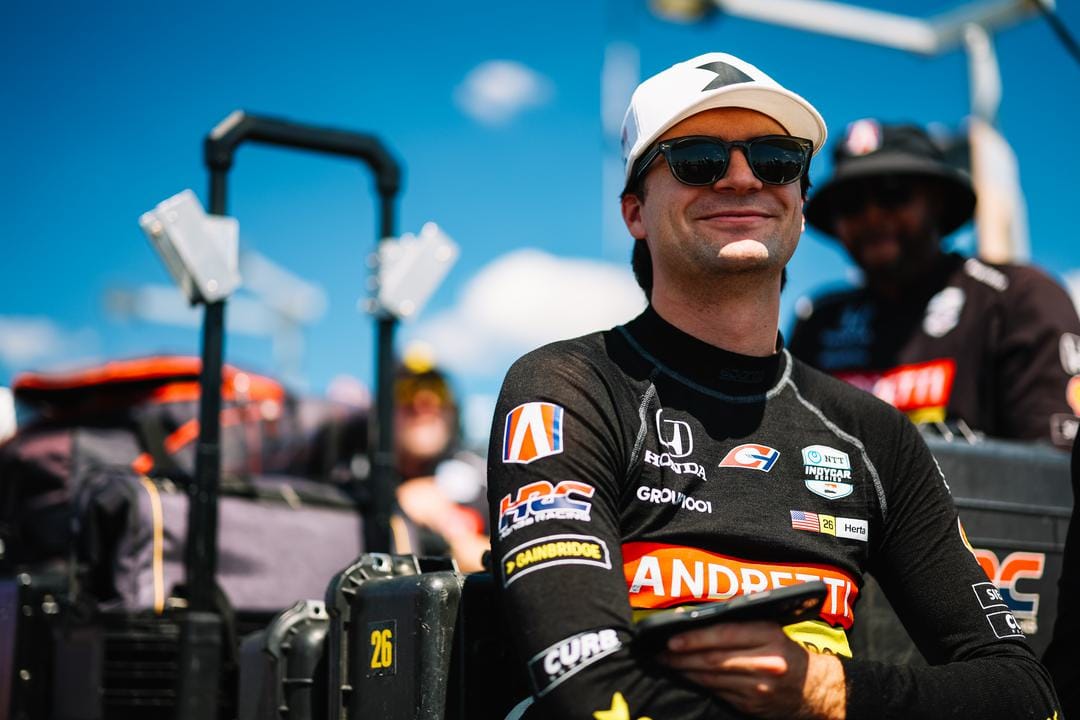
One area Herta clearly didn't have to think over too much was whether he was good enough for this opportunity and whether he could succeed.
Asked if the seat in F1 not being guaranteed was hard for him, he replied: "No, not for me, because I think as racing drivers you bet on yourself.
"You are constantly betting on yourself.
"I believe in myself. I believe that I'm fast enough to do it. That's not saying it's going to be easy, there's going to be a lot of work to understand the differences from the grand prix racing to IndyCar racing.
"But it's something that I'm going to work for, 100% diving into it. It's going to be a lot of work. It's going to be a lot of learning. There's going to be a lot of things I'm going to have to pick up on quickly.
"But I believe that I can do it. If I didn't think that I could do it - like I said, it's a super big risk - I would stay in IndyCar. But I believe in myself, and I believe I'm fast enough."
Towriss acknowledged it's going to take more than just speed for Herta to make it work. He said he - through pushing an F1 entry onto the grid - and team boss Graeme Lowdon in his own F1 management career had "paid a big price" to get to F1.
He's also told Herta "if you want to, this is the price you have to pay to get into Formula 1, through work and development".
'Secret body of work'
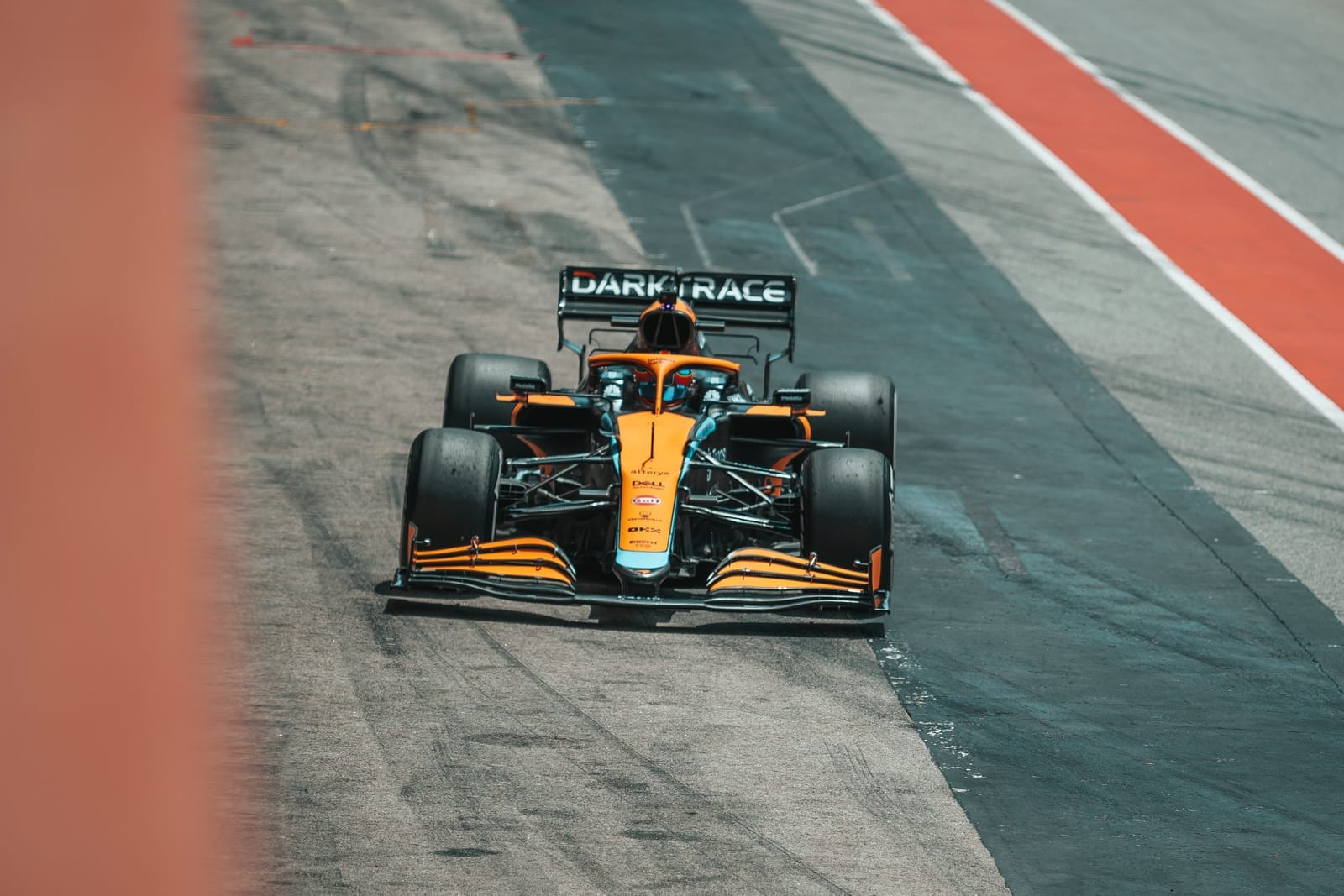
Towriss clearly feels that Herta has built up an "actual body of work" in F1 machinery through older-car tests and work done behind the scenes that many people don't know about.
Towriss recounts a story which has long been rumoured, that "within an hour" Herta was faster than a pair of Sauber drivers in its own sim when Andretti was looking at purchasing the team - that's believed to be Antonio Giovinazzi and Kimi Raikkonen at the time.
"That led to some other things to show some real excitement along the way and so he's built up an actual body of work that not everybody knows about, in Formula 1, in terms of some of the tests that he's done, from that standpoint, even to drawing interest from Red Bull later on from there," said Towriss.
He added he believes Herta has shown "high potential in the Formula 1-type car".
Rejecting the FP1 option
One of the reasons this move has caused such a surprise is that Herta is only five points off a superlicence. He could achieve that by doing five FP1s - there are nine Formula 1 races remaining this year if they wanted to speed this up by placing him with a current team - or through a winter/pre-season junior racing series backed by the FIA and with decent superlicence points.
Rossi asked Herta if the FP1 route was discussed, which Herta admitted it was.
"Ultimately me and the team thought it would be best to integrate myself in Europe," said Herta.
"The IndyCar schedule is so hectic for five months, and I wouldn't have any time really to be over there and being in the sim or doing TPC tests and whatnot, FP1s, it would be tougher.
"So this kind of frees up my schedule a lot more to be able to dive kind of headfirst into it."
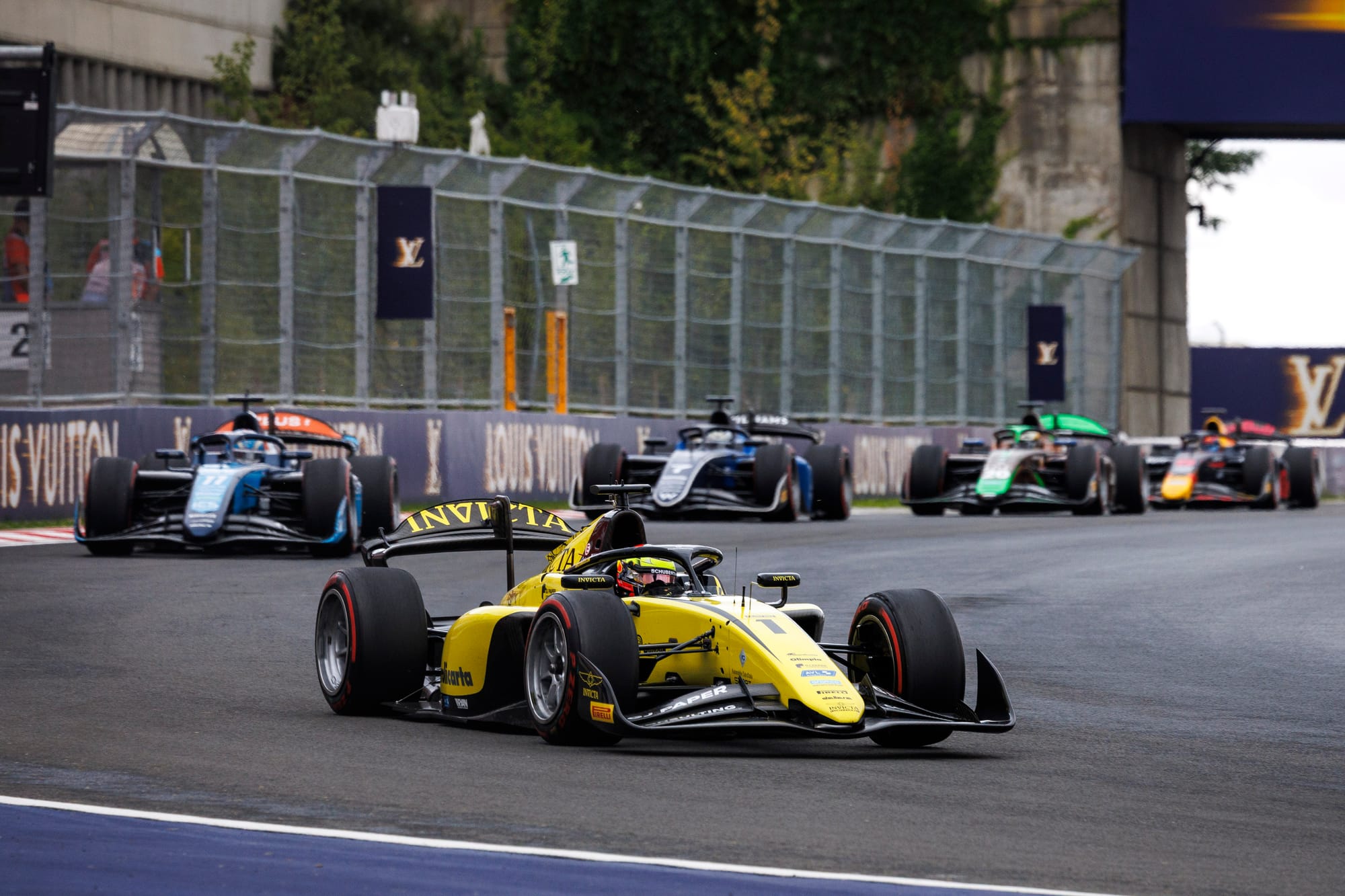
While F2 is a way to get better grasp of Pirelli's tyre style - although they're not exactly the ones used in F1 - and learn many F1 tracks, which can be done on a simulator these days, it's clear Herta and Cadillac have put a great deal of emphasis on Herta adapting to life in Europe, to get him as familiar with an F1 operation as quickly as possible, to constantly be learning from Cadillac's race drivers from race weekends and to regularly be in the simulator, all things he couldn't do while staying in IndyCar.
None of those things alone will make an enormous difference to whether he can become a long-term success in F1. But combining them all together does give Herta a really good chance to learn as much about being an F1 driver as possible without actually being one.
Most drivers go through F2 for the sake of it because it's the path to F1, and it's a chance for their results to persuade F1 teams.
Herta's already persuaded an F1 team he's good enough to deserve a shot, so he's getting the best possible apprenticeship with access to all of the tools, even if he isn't allowed to use them without supervision or when the more senior staff are using them.
There's always the risk when going from a smaller championship to a bigger one that you can be accused of not taking the move seriously enough.
Committing to the F1 process to this extent - rather than just getting the superlicence and moving straight over - shows Cadillac knows how tough this will be for Herta despite his talent, and a more thorough approach is needed to help him properly assimilate.
What next for Herta?
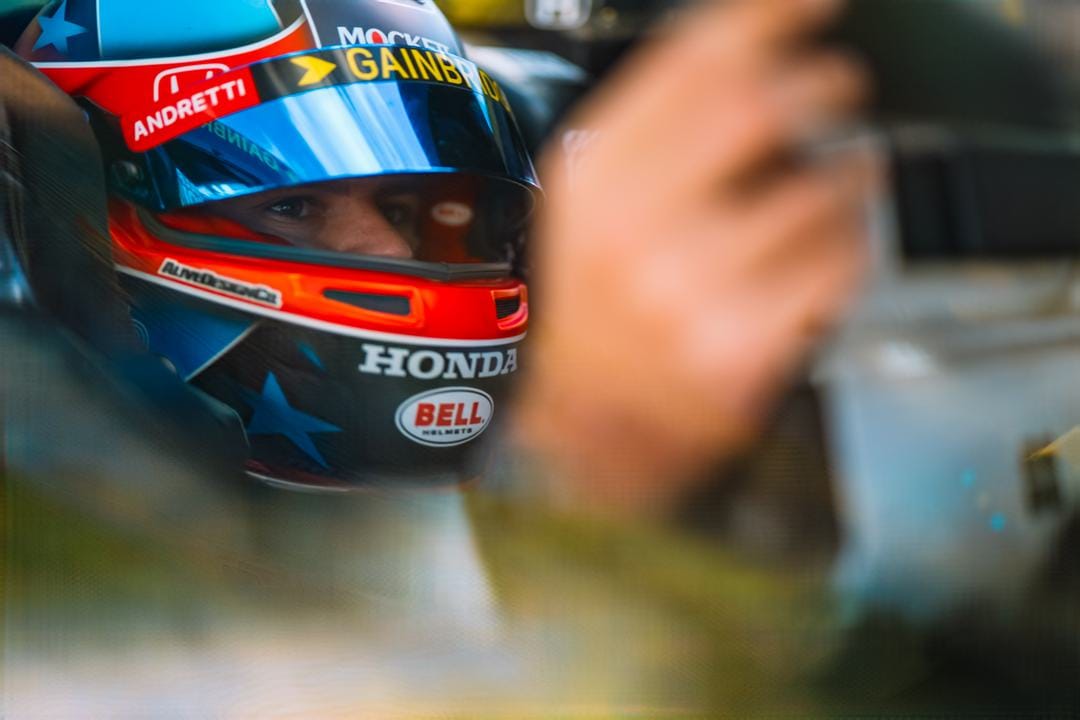
This announcement ends weeks of speculation about Herta making an F2 switch.
Now he's set to decompress from the IndyCar season which concluded at Nashville Speedway last weekend, and expects to be integrated into the Cadillac team "after September".
"We're still trying to figure everything out, right?" he said when asked what were the next steps followed by multiple questions including if he would move to Europe.
"This is still really fresh, and I don't have all the answers for all that, but I think the biggest thing is, how do we prepare me best to become a Formula 1 driver? What does that entail?
"Yes, sim work, getting over there, living over there, being in the workshop as much as I can, to try to learn off of the two good drivers that they have right now and wherever they see me fit, that's what I'm going to try to be doing.
"If they want me to be learning from their qualifying pace or being on the simulator on race weekends, and I don't know everything that entails, but I'm willing to do whatever they want me to do to make this a success, because that's the most important thing for me: is that it is successful."
Sources in the F2 paddock are either remaining extremely tight-lipped on any team Herta may have signed with, or he doesn't have one yet. So that could well be the next step, finding a team with car characteristics that suit Herta.
Returning for the 500?
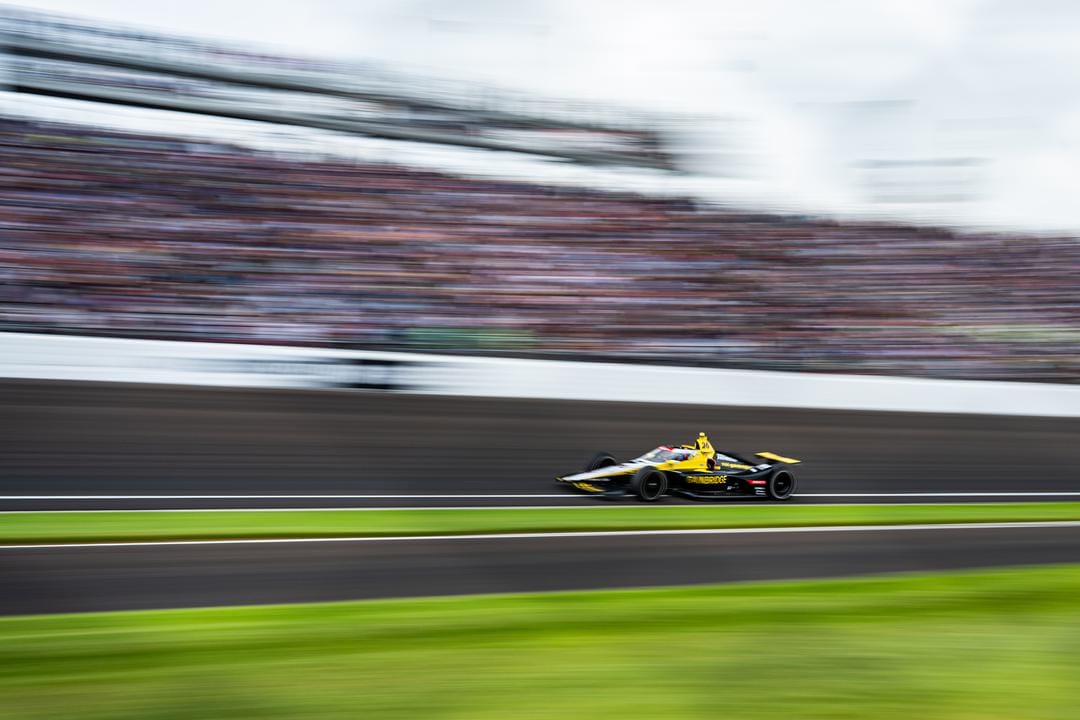
It had totally escaped Herta's attention that there's no clash between the Indianapolis 500 and Monaco in F1 next year. So what about making a one-off return for an Indy 500?
"I think it depends what I'm doing next year and how involved I am, and what that off time looks like for me," he said.
"I think we all know about my love for IndyCar and especially the 500. If it makes sense it's definitely something that I would be open to, but it has to make sense.
"And it can't hold us back from the ultimate goal, which is trying to reach Formula 1 with Cadillac.
He did add that he would watch absolutely every IndyCar session he possibly can.
"What's great about a lot of those races, right, especially the European ones, is you race, I'll get back to the hotel and have a shower and I'll be able to sit down with a beer and watch an IndyCar race, which is such a weird thing," he added.



